UK researchers report that alcohols in windshield washer fluid are major unreported source of VOCs emissions from cars, including EVs
Green Car Congress
JUNE 8, 2023
In a recent open-access paper published in ACS’ Environmental Science & Technology , researchers from the University of York report that alcohols in windshield washer fluid account for a larger fraction of real-world vehicle emissions than previous estimates have suggested. the products used for “car care,” such as windshield washer fluid.


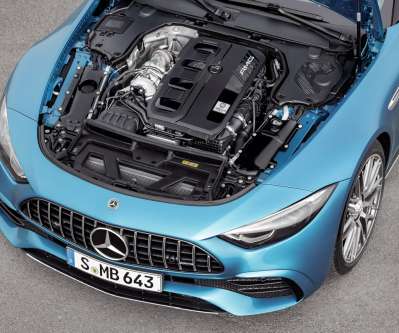
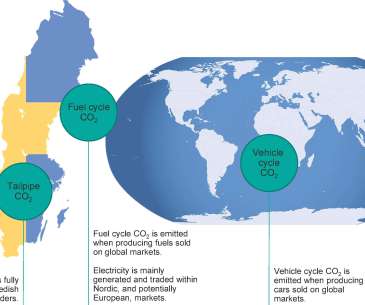



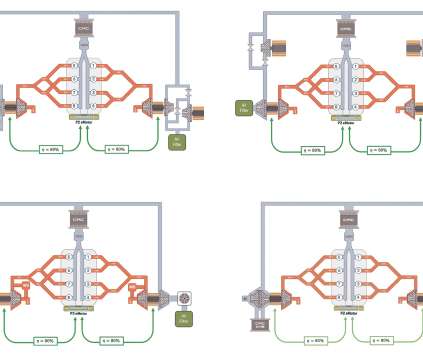
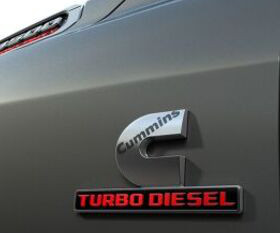

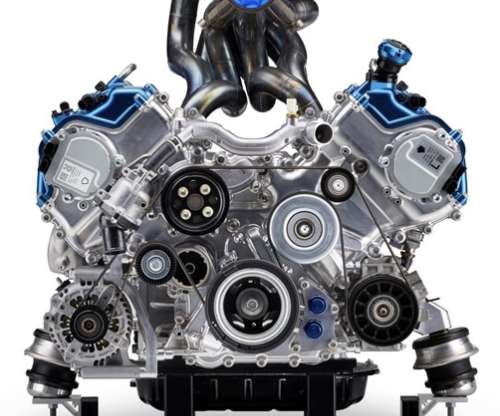

















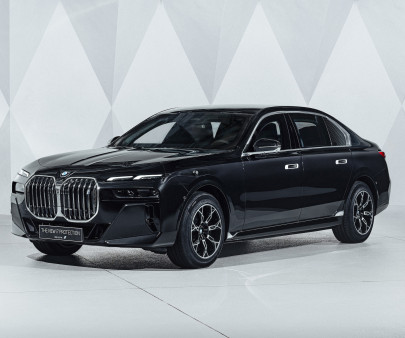





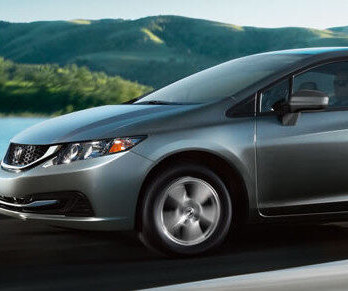

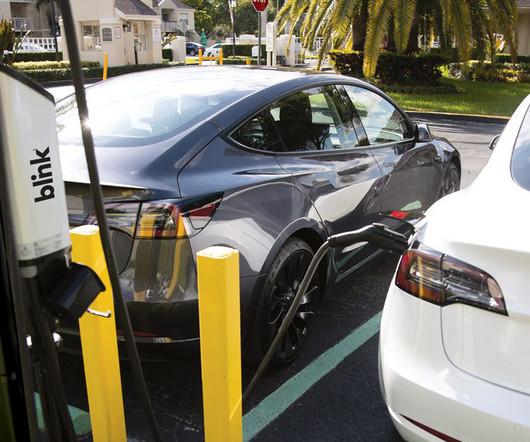
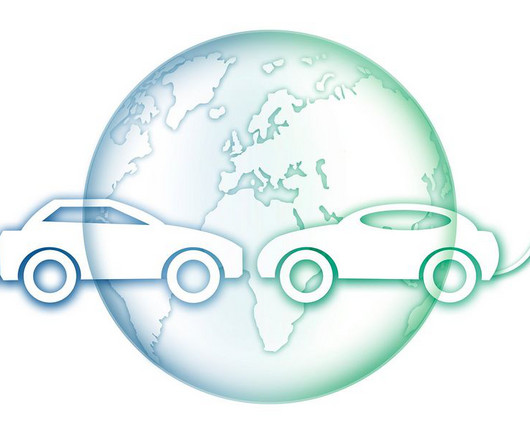






Let's personalize your content